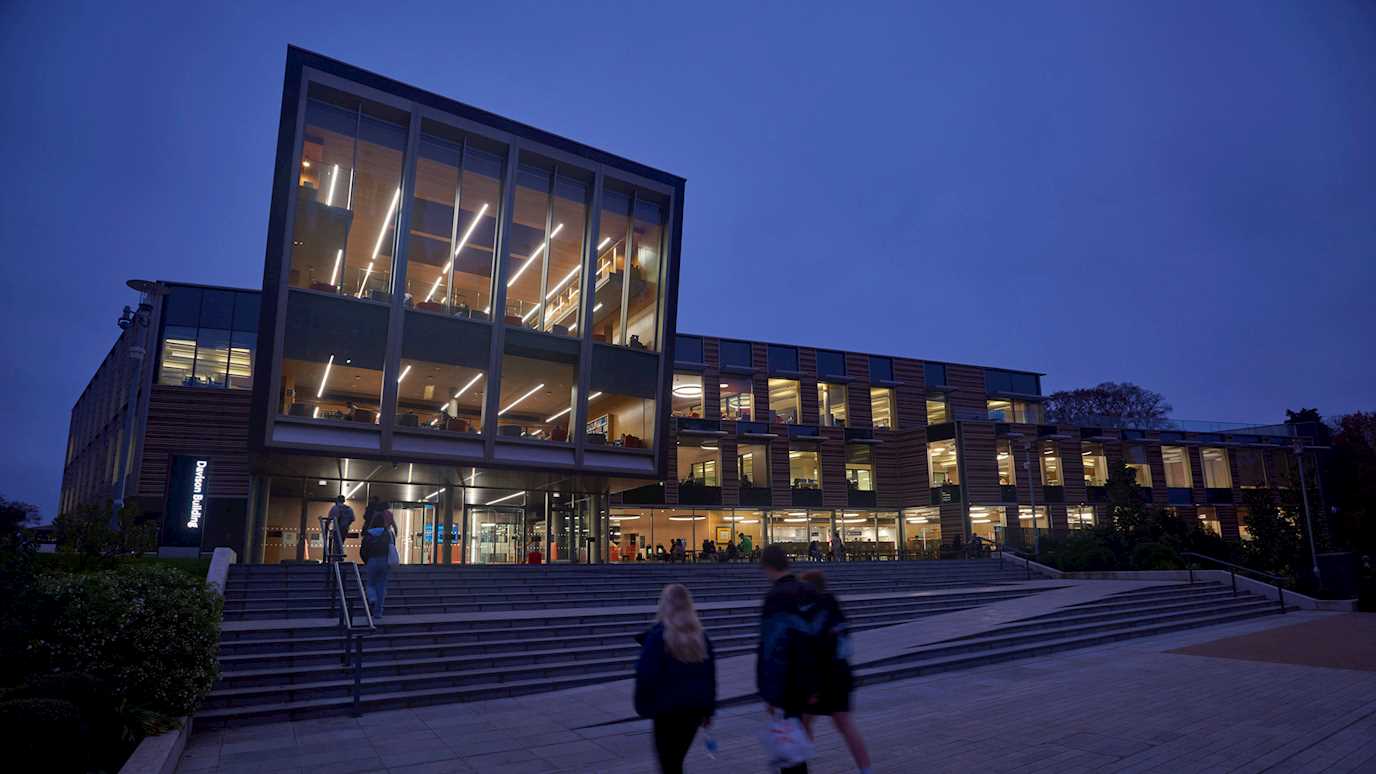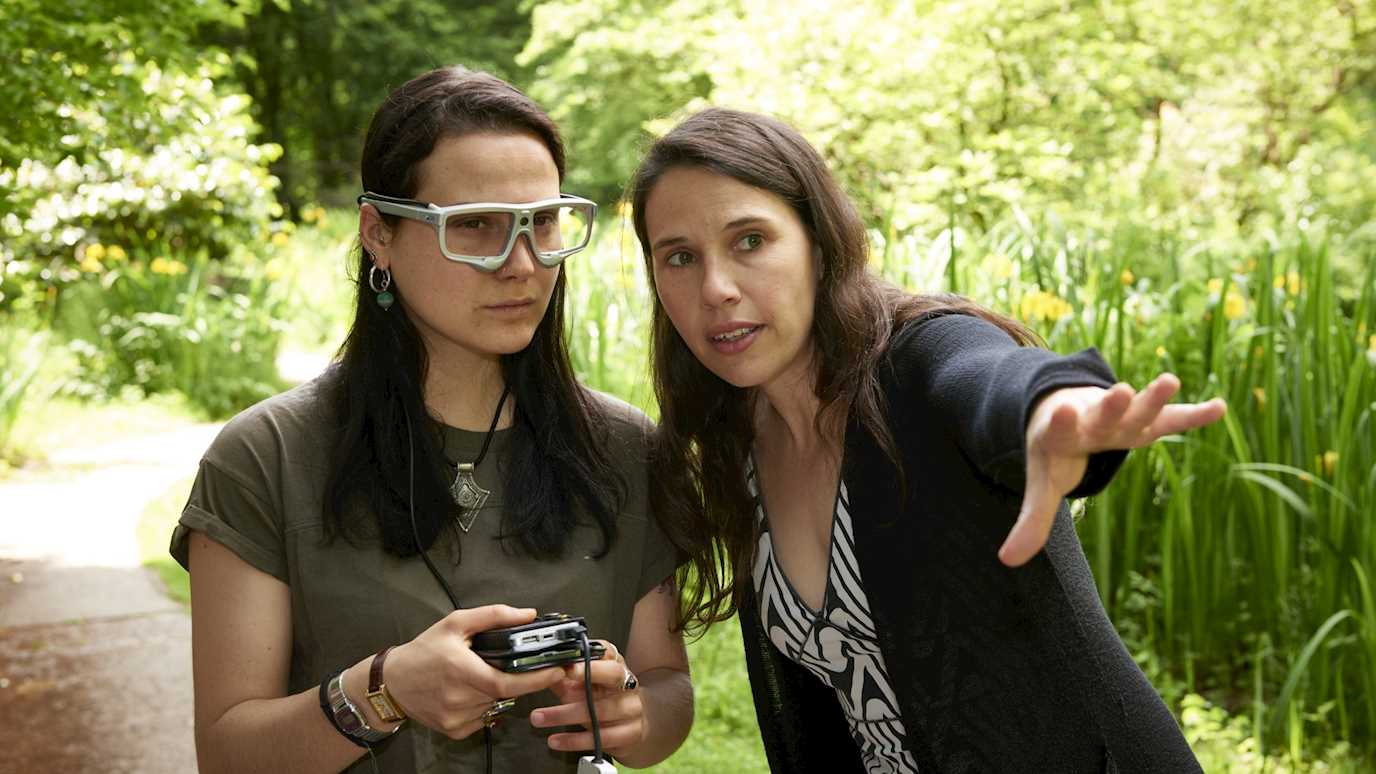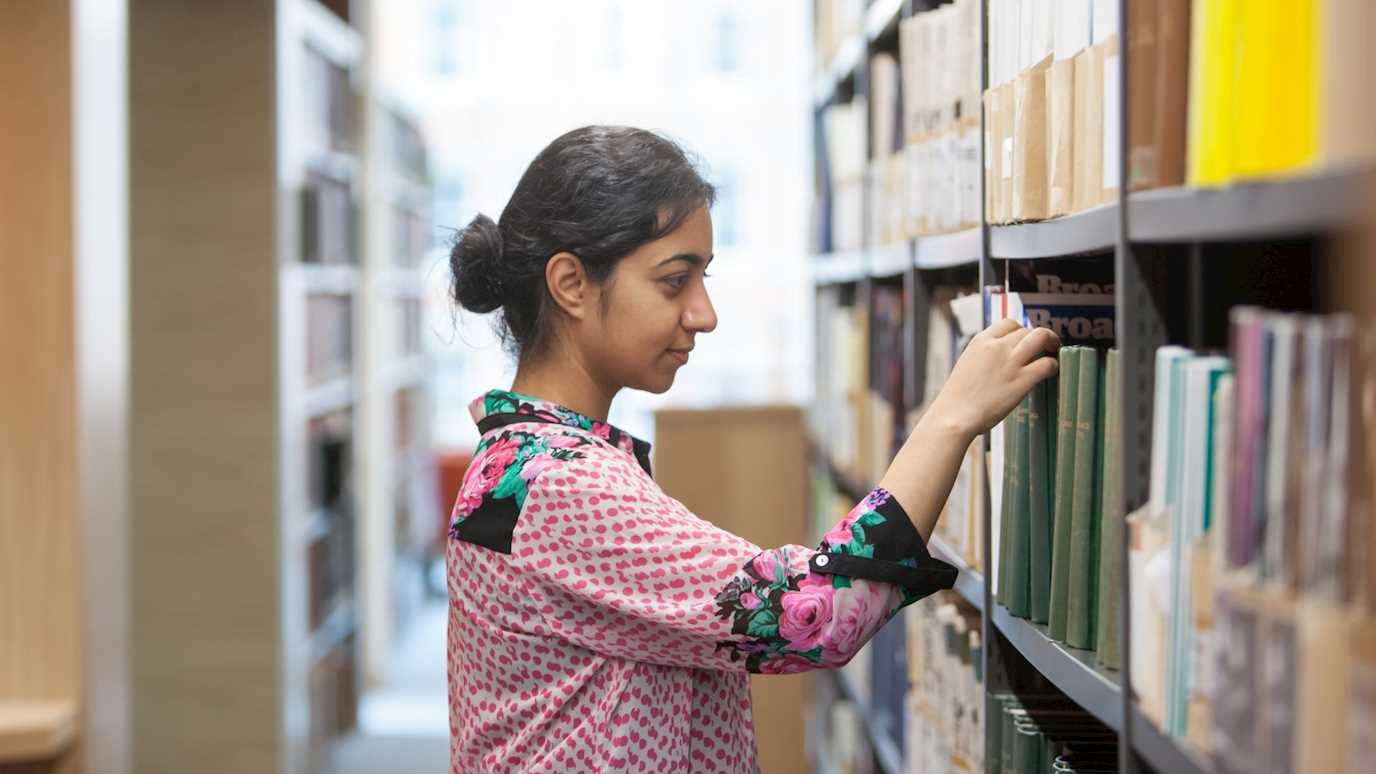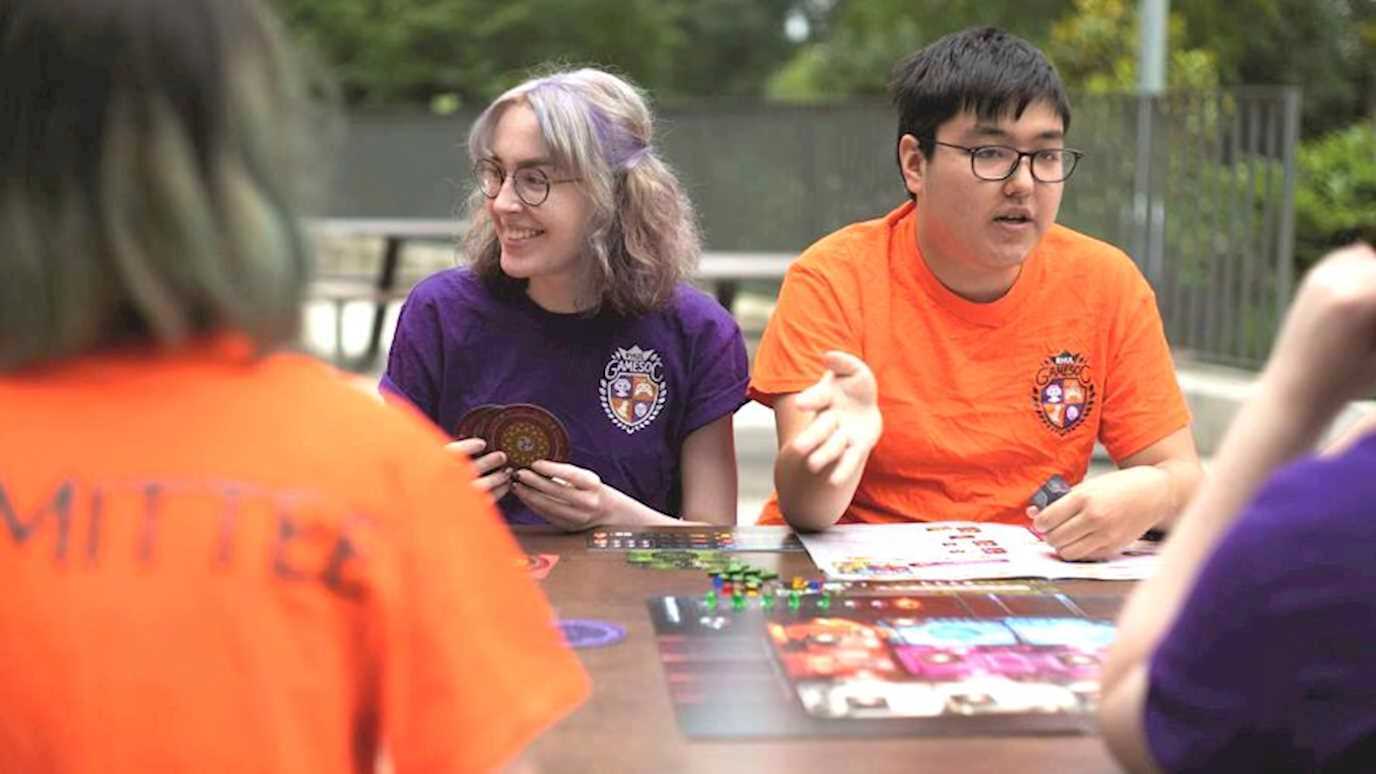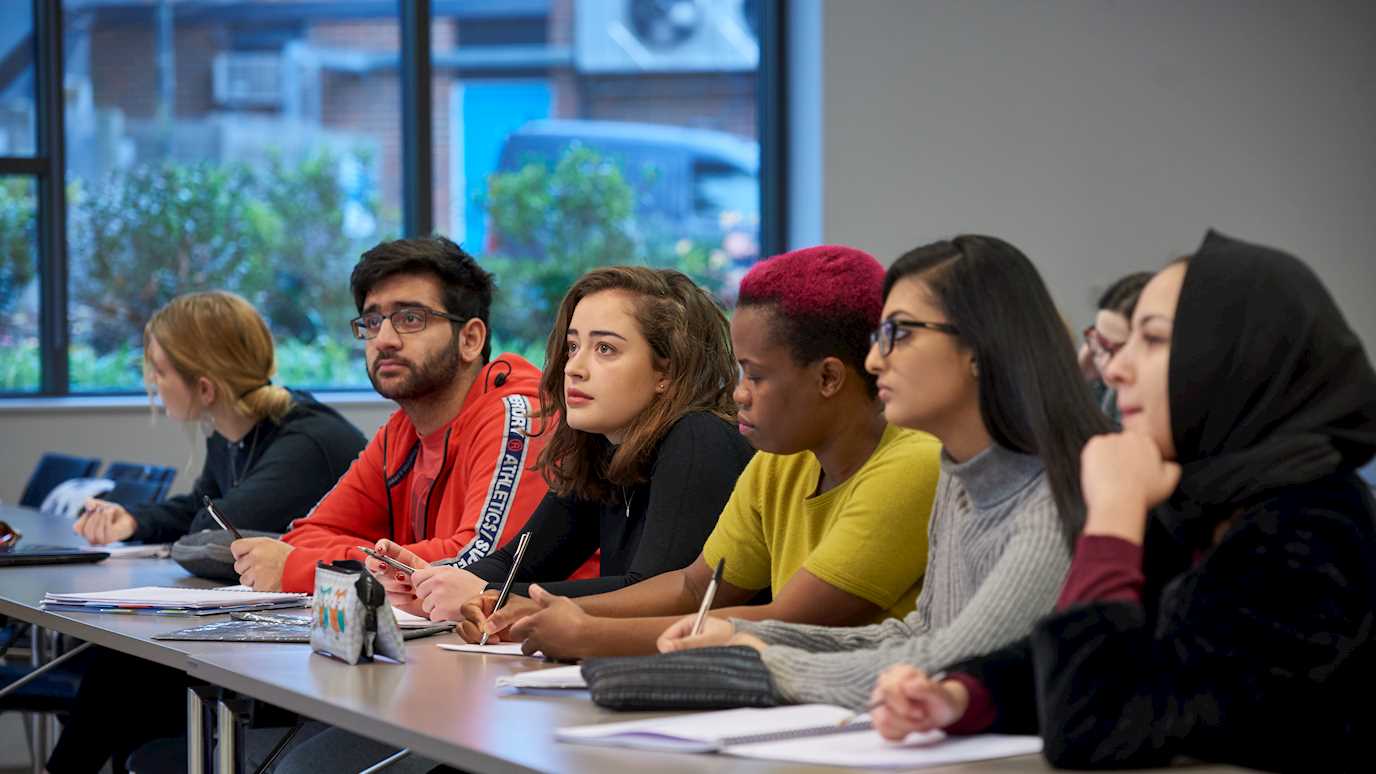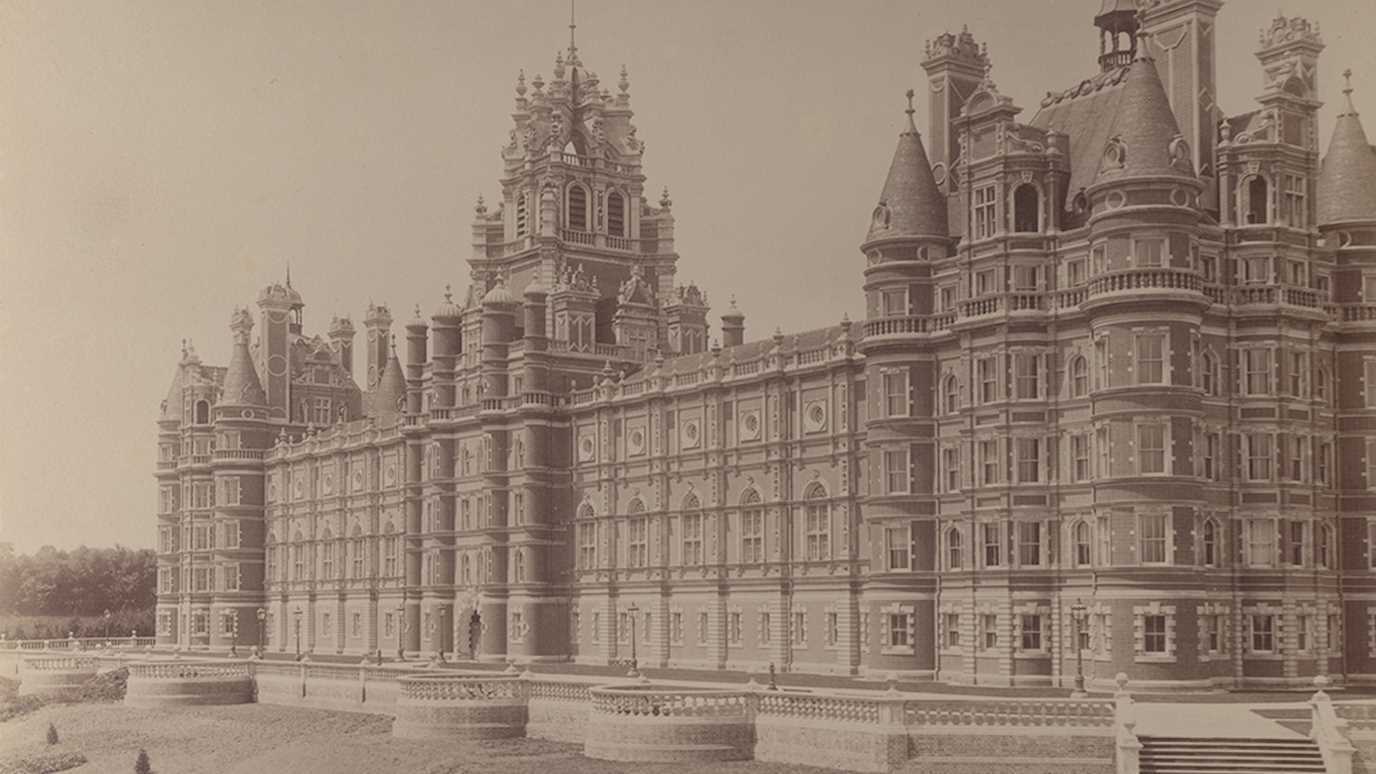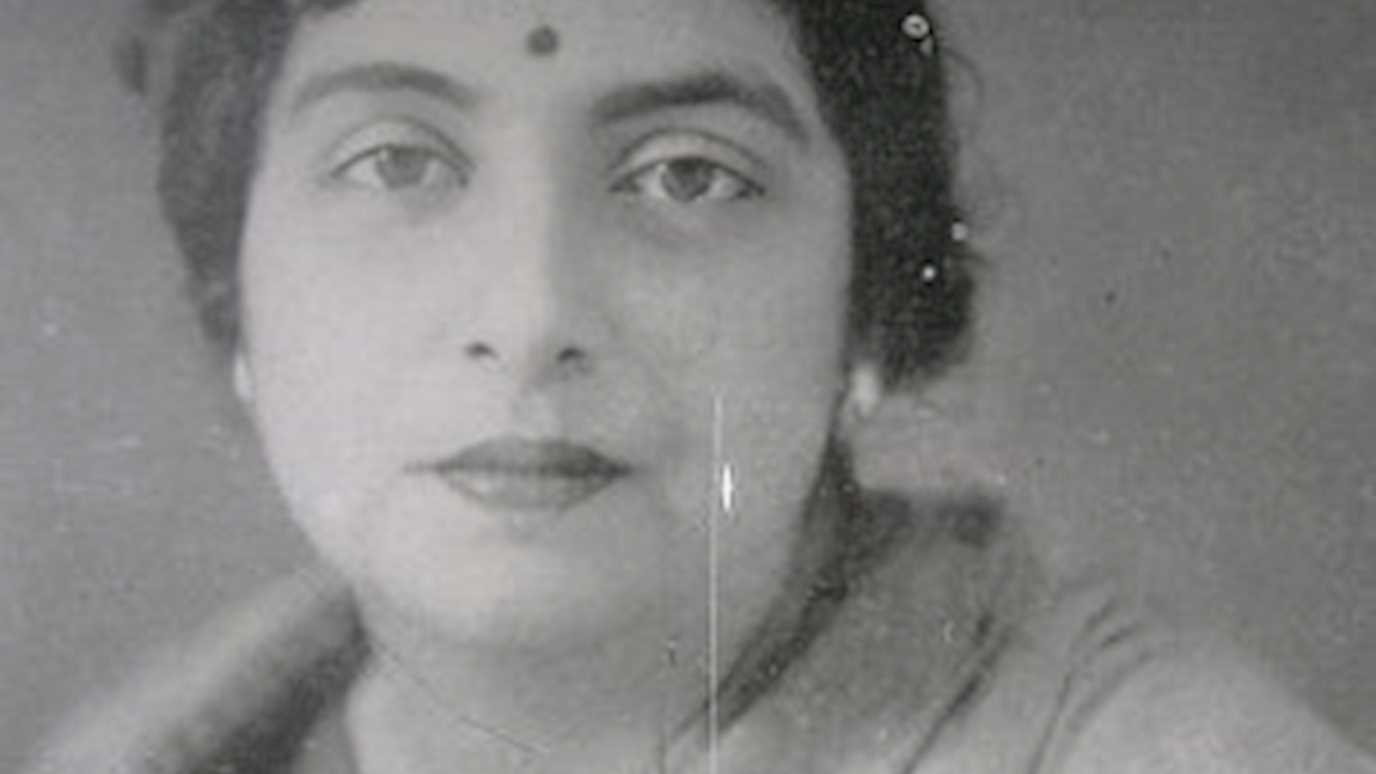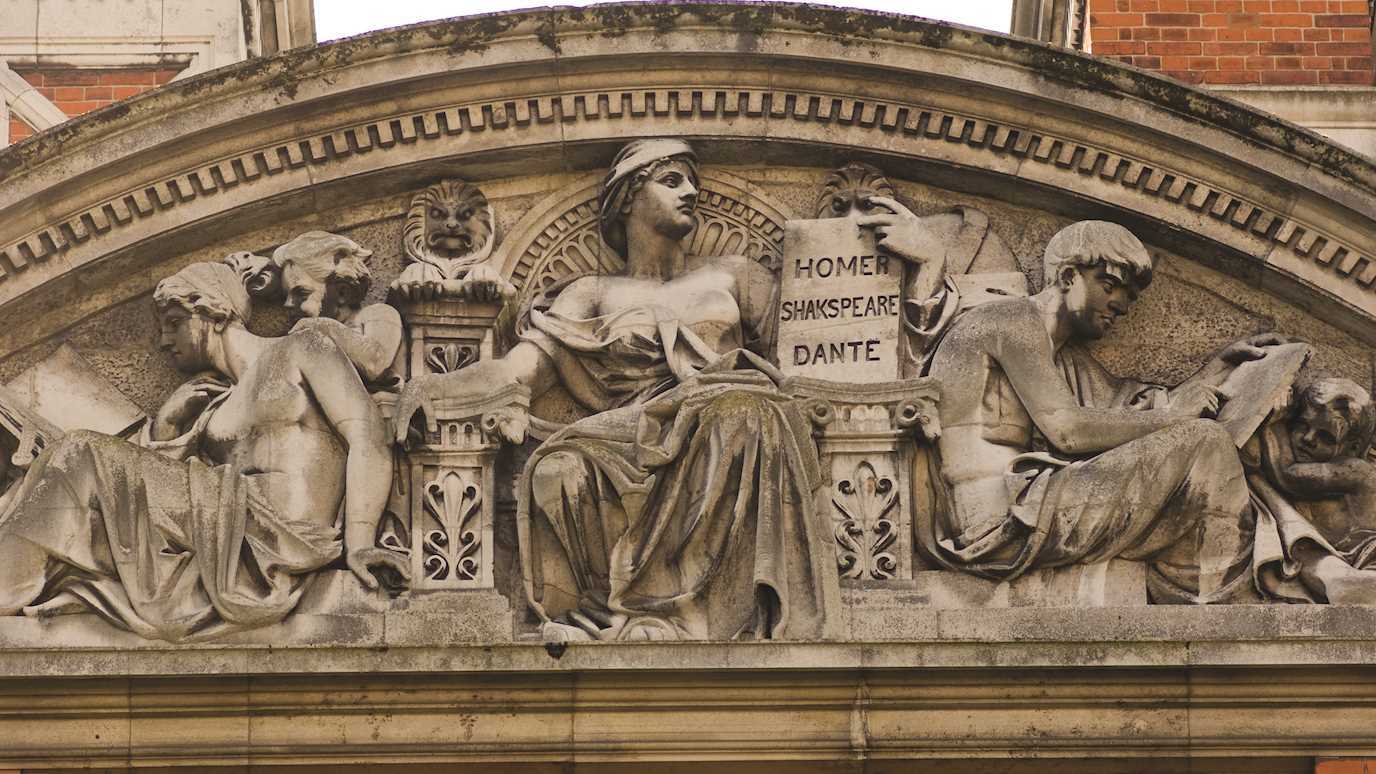Dr Antara Datta worked closely with the archivists and educational consultants at the National Archives in Kew to develop a new resource focusing on refugees in South Asia during the Second World War. This resource is suitable for students in Key Stages 3, 4 and 5, and asks students to consider to consider the experience of refugees in India and East Africa, the impact of the Second World War outside Europe, and change and continuity in reasons for migration within the British Empire.
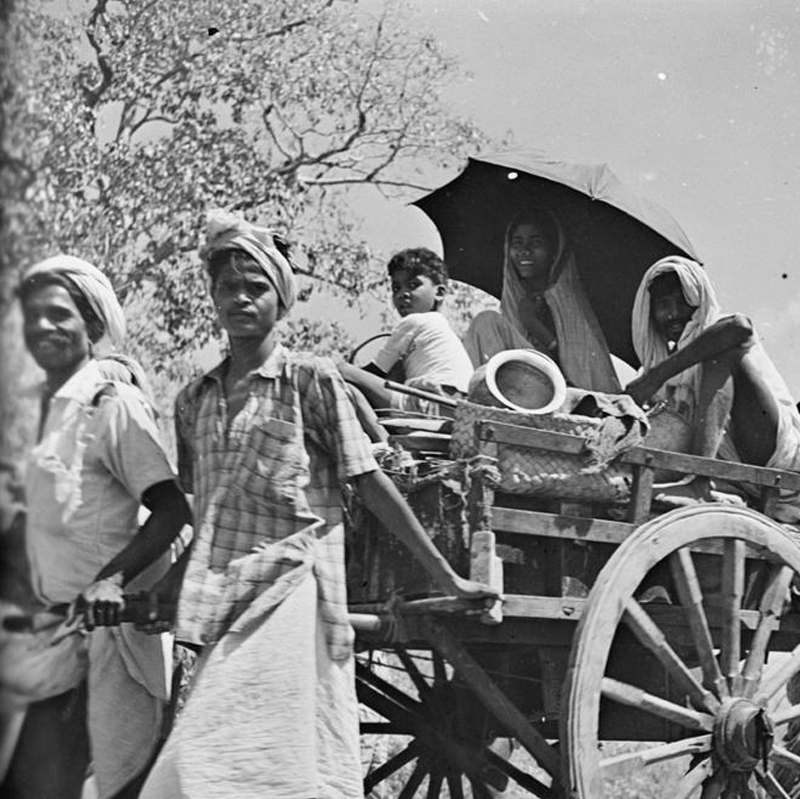
A black and white photo of Burmese refugees. Two men are pulling a handcart. Two women and a child sit in the handcart, surrounded by their belongings.
In contrast to dominant narratives about refugees from Asia and Africa arriving at the borders of Europe, between 1939 and 1945 thousands of European refugees took shelter in South Asia. They were joined by other war evacuees from Southeast Asia and refugees from China. This lesson looks at Polish and Jewish refugees who came to India from Europe and were joined by refugees from Malta and the Balkans. Alongside these refugees nearly half a million people fled from Burma and Southeast Asia as the Japanese advanced and sought shelter in colonial India. Thus, during the Second World War, India became home to thousands of refugees from Europe and Asia
The project can be found here: https://www.nationalarchives.gov.uk/education/resources/refugees-in-south-asia-during-second-world-war-1939-1945/
Dr Antara Datta says about the project:
"Initially we identified 15 documents that were digitised before we narrowed it down to the selected documents. The educational consultants helped to formulate some of the ‘tasks’ while I explained how the primary documents should be understood. I was also responsible for all of the text in the resource.
This resource highlights their collection of documents pertaining to refugees (Polish, Jewish, Balkan, Anglo- Burmese and Chinese among others) who found shelter in India during WW2. It focusses on how the colonial government understood their responsibilities vis-a-vis the displaced and the hierarchies that were created in doing so. In the background notes and questions I urge students to think about the implications of the material and intellectual baggage pertaining to refugees that the colonial state left behind for the post-colonial Indian state.
While using this resource students get to look at primary documents, read the background information and answer certain questions that enable them to think about how historians use primary evidence to draw bigger conclusions. The resource is also meant to get students to think more broadly about refugeehood and the experience of displacement."



